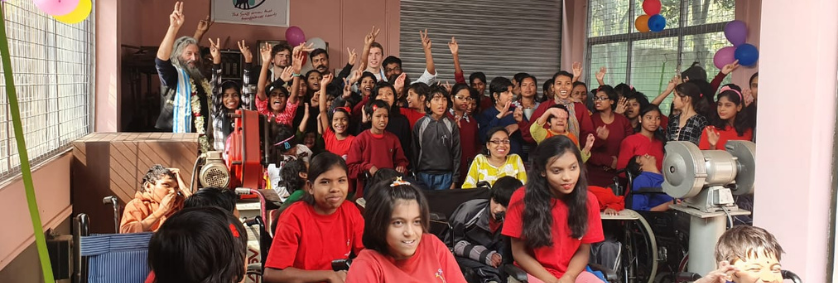Our Blog

How Are the NGO Executives Upgrading India’s Rural Education Structure?
Universal primary education in rural India is broad. So, the NGOs and the interested sponsors invest their collaborative efforts to create a systematic approach and better the rural Indian education scope. By means of their shared vision, they implement the targeted measures for dealing with inadequate classroom space, school dropouts, dearth of teachers and scarcity of essential daily education. The NGO executives, with the help of sponsors, imperatively encourage the children of the backward schools, migrant communities and programmed tribes to continue with their education and explore the learning possibilities.
The portal to the larger world is college, and the rural infrastructure exposure will be complete with an estimation of the very degree to be used for elevating the rural education system in India. India is having the world’s most extensive education system after China. Nevertheless, access problems and quality preparations in a few regions pose challenges. Having the most decisive role to play to promote economic and social change, education, rather access to education is much essential for reaching new economic growth opportunities.
Here is how the NGO staff take up and work on upgrading the rural education infrastructure in India.
i. Enhancing Free Learning
The severe and widespread issue in India is poverty. Free education or providing education just at a minimum rate is initiated by the NGO bodies for overcoming the dilemma. Even it represents the chief hurdle in supporting rural education in India.
Without doubts, the step is proven to advance the literacy rate. In fact, the parents will be encouraged to continue their children's education, even if they lack the means of covering their schooling costs.
ii. Setting Up More Schools With More Subjects
With changing times, the rural communities also undergo changes, and it is a fortunate side. Now, a large number of parents understand why educating their children is important. But the insufficiency in a number of schools is a problem to address, and the NGOs have found the remedy by taking up efforts at setting up pocket-friendly schools with more classrooms for more subjects for lower and middle economic classes.
iii. Innovative Teaching Ways
The education standard has significantly improved in urban areas thanks to the advent of different and influential teaching techniques. The basic and conventional teaching technique conditions in rural India are seeing lights of implementation and creativity.
iv. Computer Education Promotion
The technical advances are being implemented in the rural areas to achieve a development mark. Rural India's schools are now having classes and scope for computer education, and NGO staff have set up courses for vocational and technical education.
Unless the education is improved for rural Indian students, it is not possible to achieve all-around development. To eradicate analphabetism and poverty, education is of extreme importance. Even though education, economic, social, political and cultural improvements are enhanced. With the efforts of the NGO staff, education is steadily improving in rural areas, so the children can have higher aspirations and dreams to create a better future.
SHARE THIS
Leave a Comment
Latest Articles
-
What are the Challenges and Opportunities in Educa......
26th Nov, 2024 -
Effective Strategies the NGOs Adopt For Persons Wi......
18th Sep, 2024 -
How Do NGOs Proceed For CBR Through Community Mobi......
17th Sep, 2024 -
How Do NGOs For the Physically Disabled Support Th......
07th Jun, 2024 -
How NGOs Help Elevate The Condition Of PWDs?
18th Mar, 2024






